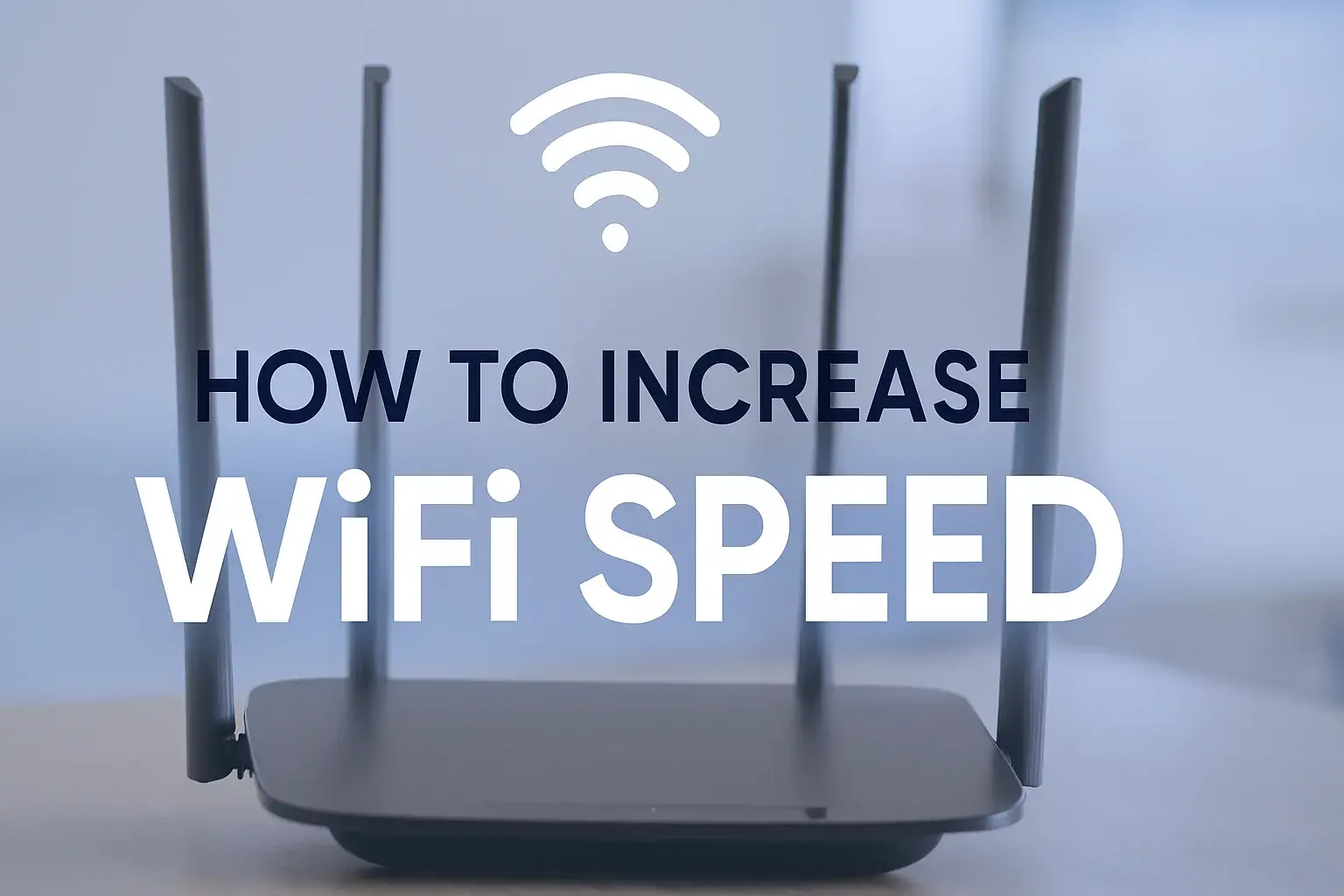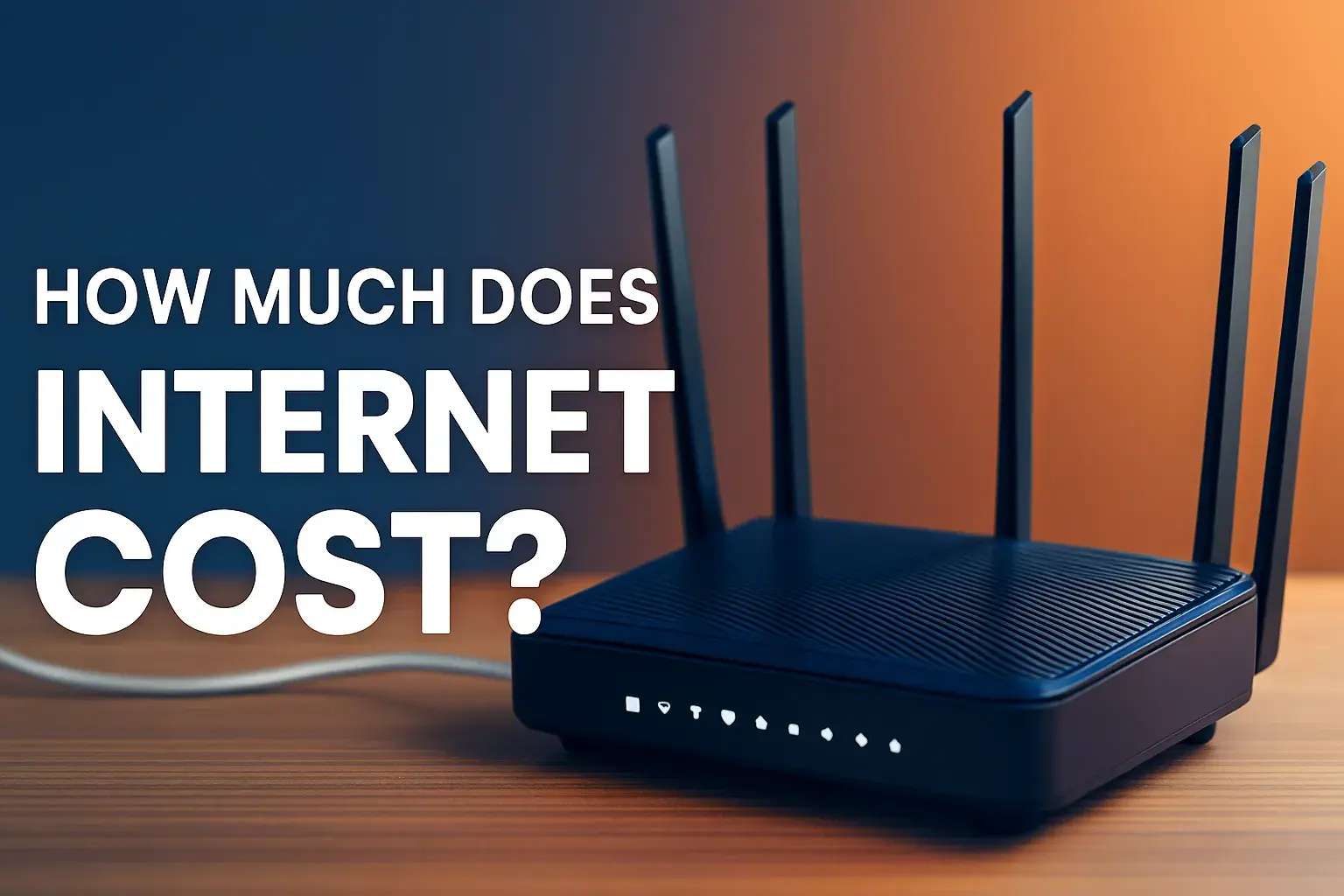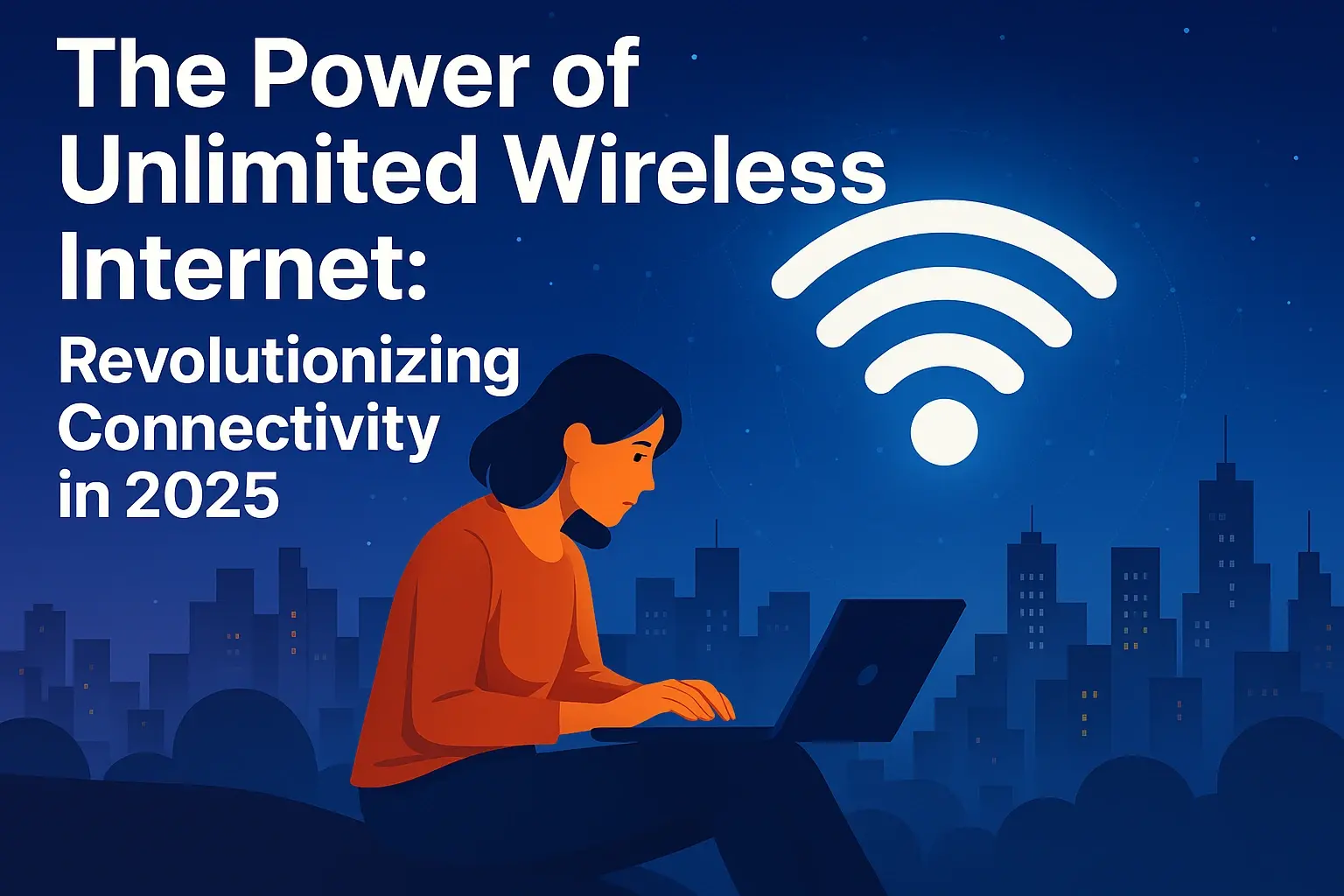What is the Difference Between Wifi and Internet?

In today's interconnected world, the terms "Wi-Fi" and "Internet" are often used interchangeably, leading to confusion about their distinct roles and functionalities. While both play crucial roles in enabling digital connectivity, they are fundamentally different concepts. This comprehensive guide delves into the intricacies of Wi-Fi and the Internet, providing a clear understanding of their unique aspects and their interconnectedness.
An Overview of Internet and Wi-Fi
The Internet and Wi-Fi are two essential components of the digital landscape, facilitating communication, information access, and global connection.
• Internet: The Internet is a vast network of interconnected computers and servers that span the globe. It serves as a platform for sharing information, exchanging resources, and accessing a plethora of online services.
• Wi-Fi: Wi-Fi, short for Wireless Fidelity, is a technology that enables devices to connect to the Internet wirelessly. It utilizes radio waves to create a local network within a limited area, such as a home, office, or public space.
Explaining the Internet
A Brief History of the Internet
The Internet's origins trace back to the 1960s with the development of ARPANET, a network created by the U.S. Department of Defense. Over time, ARPANET evolved into the Internet, gradually expanding to include research institutions, universities, and eventually, the general public.
How Does the Internet Work?
The Internet's operation relies on a complex network of interconnected devices, including computers, servers, routers, and switches. These devices communicate using protocols, such as the Transmission Control Protocol (TCP) and Internet Protocol (IP), which ensure seamless data transmission and routing.
Types of Internet Connections
Diverse Internet connection options cater to various needs and geographical locations.
• Dial-Up: Dial-up connections utilize traditional phone lines, offering limited speed and reliability.
• Broadband (DSL, Cable, Fiber): Broadband connections provide significantly higher speeds and are more widely available, including DSL (Digital Subscriber Line), cable, and fiber optic.
• Satellite: Satellite connections provide coverage in remote areas but may experience latency due to signal travel time.
• Wireless (3G, 4G, 5G): Wireless technologies, including 3G, 4G, and 5G, offer mobile Internet access with varying speeds and coverage.
Importance of Internet Accessibility
Internet accessibility has become indispensable in modern society, impacting daily life, economic prosperity, and social interaction.
• Impact on Daily Life: The Internet facilitates communication, education, entertainment, commerce, and access to information, transforming daily routines and enhancing productivity.
• Economic and Social Significance: The Internet drives economic growth, innovation, and global collaboration while fostering social connections and cultural exchange.
What is Wi-Fi?
Defining Wi-Fi Technology
Wi-Fi is a wireless networking technology that enables devices to connect to the Internet within a localized area. It utilizes radio waves to transmit data, eliminating the need for physical cables.
Evolution of Wi-Fi
Wi-Fi technology has undergone significant advancements since its inception in the 1990s, with successive generations offering improved speed, range, and security.
• Wi-Fi 1 (1997-2009): Provided basic connectivity with limited speed and range.
• Wi-Fi 2 (2009-2013): Introduced enhancements in speed and security.
• Wi-Fi 3 (2012-2018): Focused on improved performance and support for more devices.
• Wi-Fi 4 (2014-2019): Emphasized higher speeds and broader compatibility.
• Wi-Fi 5 (2018-present): Introduced significant speed enhancements and support for multiple devices simultaneously.
Components of a Wi-Fi Network
A Wi-Fi network comprises essential components that facilitate wireless connectivity.
• Routers: Routers act as the central hub of a Wi-Fi network, connecting devices to the Internet and managing data traffic.
• Modems: Modems establish the connection between a router and the Internet Service Provider (ISP).
• Devices: Devices, such as computers, smartphones, and tablets, connect to the Wi-Fi network to access the Internet.
Key Differences Between Wi-Fi and Internet
While Wi-Fi and the Internet are closely intertwined, they serve distinct purposes and possess unique characteristics.
Conceptual Differences
• Internet: The Internet encompasses the global network of interconnected computers and servers that provide access to information and services.
• Wi-Fi: Wi-Fi is a technology that enables devices to connect to the Internet wirelessly within a limited range, such as a home or office.
Accessibility and Range
• Internet: The Internet is accessible worldwide through various connection types, including cable, fiber, and wireless.
• Wi-Fi: Wi-Fi connectivity is limited to the range of the Wi-Fi network, typically covering a home, office, or public space.
Speed and Bandwidth
• Internet: Internet speeds vary depending on the connection type, with fiber offering the highest speeds and dial-up offering the lowest.
• Wi-Fi: Wi-Fi speeds are influenced by factors like network congestion, device capabilities, and router placement.
Dependence and Functionality
• Internet: The Internet exists as a standalone network, independent of Wi-Fi or any specific technology.
• Wi-Fi: Wi-Fi relies on an Internet connection to provide access to online resources.
Conclusion
Understanding the nuances of Wi-Fi and the Internet is crucial for maximizing their benefits and navigating the digital world with confidence. By distinguishing between these two essential technologies, individuals can make informed decisions about connectivity options, network security, and overall digital literacy.
FAQ
What is Wi-Fi?
Wi-Fi is a technology that allows devices to connect to the Internet wirelessly. It uses radio waves to transmit data between devices and a router, which is a device that connects to the Internet. Wi-Fi is commonly used in homes, offices, and public places like coffee shops and libraries.
What is the Internet?
The Internet is a vast network of interconnected computers and servers that span the globe. It provides access to information and services, such as websites, email, and online streaming. The Internet is accessed through various connection types, including Wi-Fi, cable, fiber, and satellite.
What is the difference between Wi-Fi and the Internet?
Wi-Fi is a technology that enables devices to connect to the Internet wirelessly, while the Internet is the vast network of interconnected computers and servers that provide access to information and services. In other words, Wi-Fi is a way to access the Internet, but it is not the Internet itself.
How does Wi-Fi work?
Wi-Fi uses radio waves to transmit data between devices and a router. The router then connects to the Internet and allows the devices to access it. The strength of the Wi-Fi signal depends on the distance between the device and the router, as well as the presence of obstacles.
What are the different types of Wi-Fi?
There are several different types of Wi-Fi, including:
• Wi-Fi 2.4 GHz: This is the most common type of Wi-Fi. It has a range of about 30 feet indoors and 100 feet outdoors.
• Wi-Fi 5 GHz: This type of Wi-Fi has a shorter range than 2.4 GHz Wi-Fi, but it is faster. It has a range of about 15 feet indoors and 50 feet outdoors.
• Wi-Fi 6: This is the latest type of Wi-Fi. It is faster and more efficient than previous generations of Wi-Fi.
What are the benefits of using Wi-Fi?
There are many benefits to using Wi-Fi, including:
• Convenience: Wi-Fi allows you to connect to the Internet without having to plug in a cable.
• Mobility: Wi-Fi allows you to move around with your device while still being connected to the Internet.
• Scalability: Wi-Fi can be used to connect multiple devices to the Internet at the same time.





